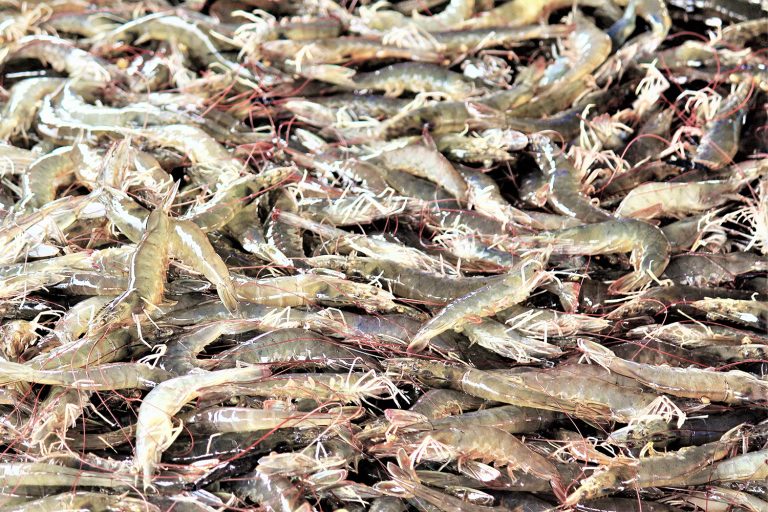
Health & Welfare
The OIE should delist IHHNV as a reportable farmed shrimp pathogen
The Infectious Hypodermal and Hematopoietic Necrosis Virus (IHHNV) is established in shrimp ponds in Ecuador. Current PCR protocols are insufficient.
Health & Welfare
El Virus de la Necrosis Hipodérmica y Hematopoyética Infecciosa (IHHNV) está establecido en estanques camaroneros en Ecuador. Los protocolos actuales de PCR son insuficientes.

Health & Welfare
The Infectious Hypodermal and Hematopoietic Necrosis Virus (IHHNV) is established in shrimp ponds in Ecuador. Current PCR protocols are insufficient.
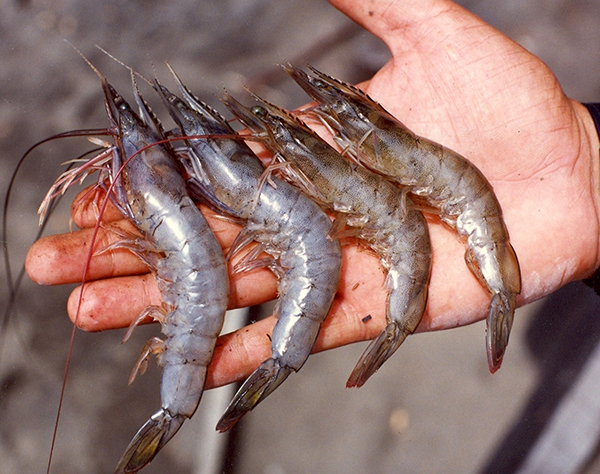
Health & Welfare
Según los autores, la relación virus-huésped, donde los genotipos circulantes de IHHNV coexisten con el camarón blanco del Pacífico cultivado, está potencialmente evolucionando.

Health & Welfare
The virus-host relationship, where circulating genotypes of IHHNV co-exist with farmed Pacific white shrimp, is potentially evolving, authors find.
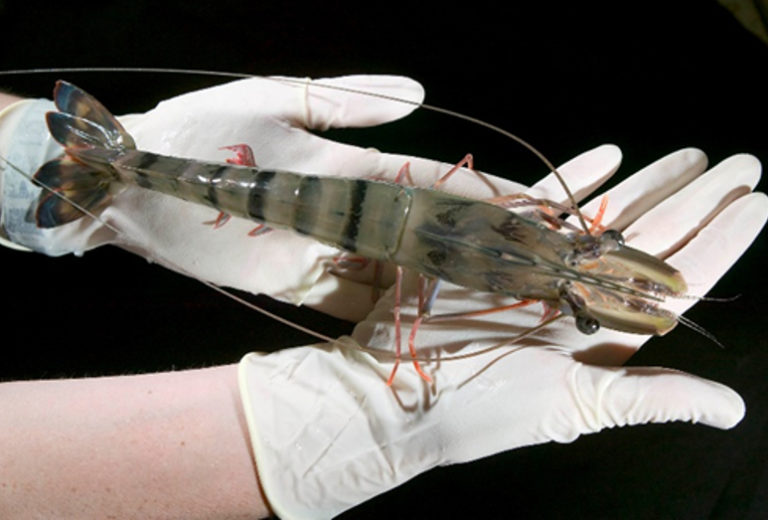
Health & Welfare
Este estudio simuló el crecimiento comercial de dos cohortes de P. monodon que diferían en las cargas de infección por IHHNV de sus reproductores, y mostró que la prevalencia viral, la supervivencia y el rendimiento de crecimiento de la progenie en estanques se vieron significativamente afectados.

Health & Welfare
This study simulated the commercial grow-out of two cohorts of P. monodon that differed in their broodstock IHHNV infection loads, and showed that the viral prevalence, survival and growth performance of pond progeny were significantly affected.
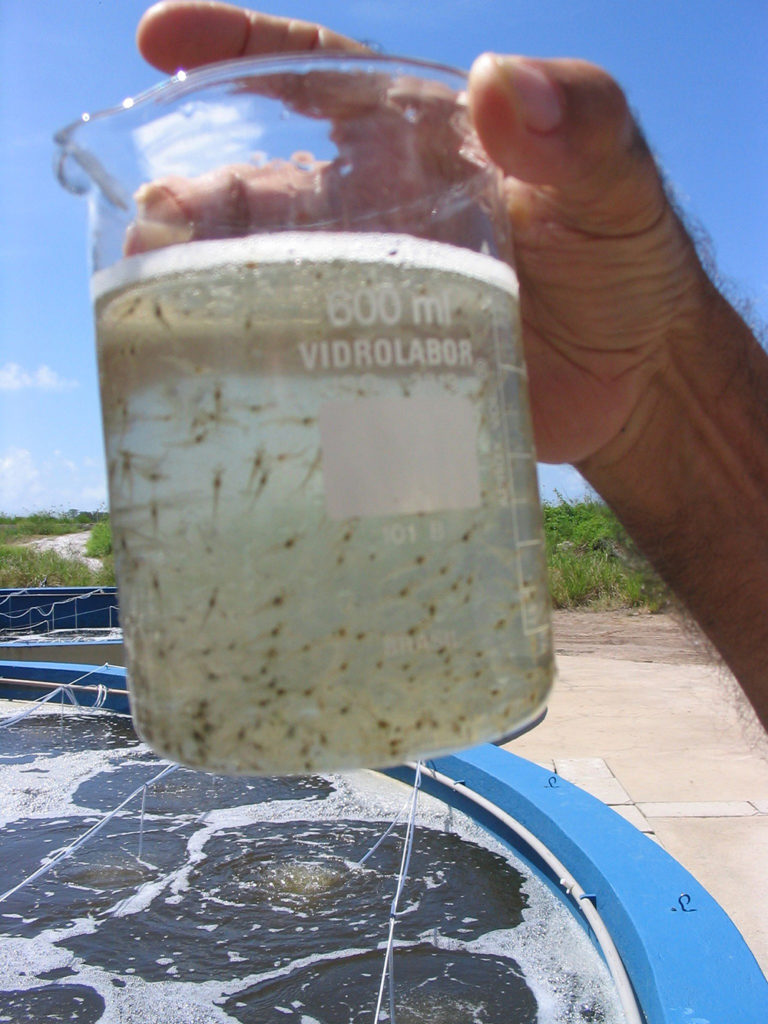
Health & Welfare
Indian shrimp hatcheries have experienced larval mortality in the zoea-2 stage, with molt deterioration and resulting in heavy mortality. Authors considered biotic and abiotic factors. Part 2 describes results of their study.
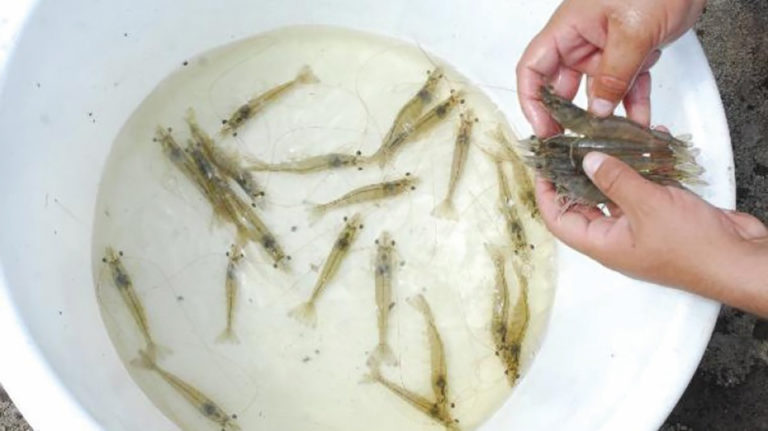
Health & Welfare
Indian shrimp hatcheries have experienced larval mortality in the zoea-2 stage, with molt deterioration and resulting in heavy mortality. Authors investigated the problem holistically.
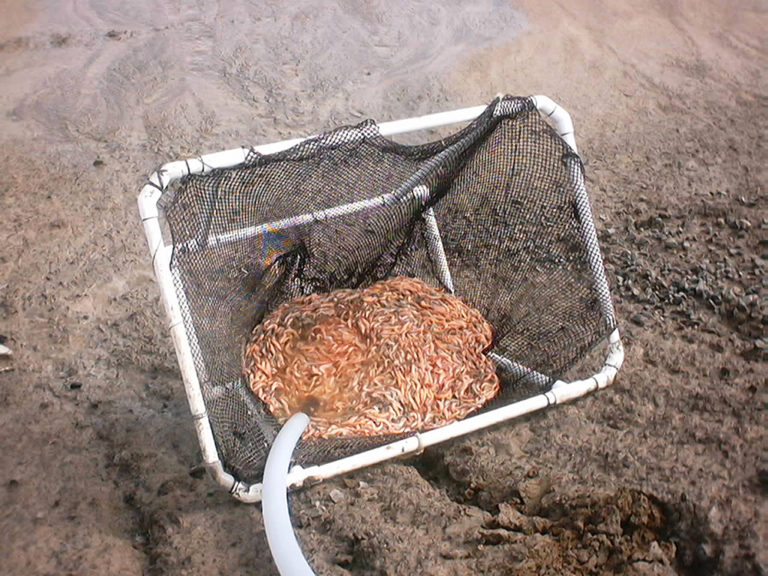
Aquafeeds
Los alimentos acuícolas para camarón – vivos, frescos o formulados – no deben ser un punto de entrada de patógenos potenciales para el camarón y/o sus sistemas de cultivo.

Aquafeeds
Shrimp aquafeeds – live, fresh or formulated – should not be an entry point of potential pathogens to the shrimp and/or to their culture systems.
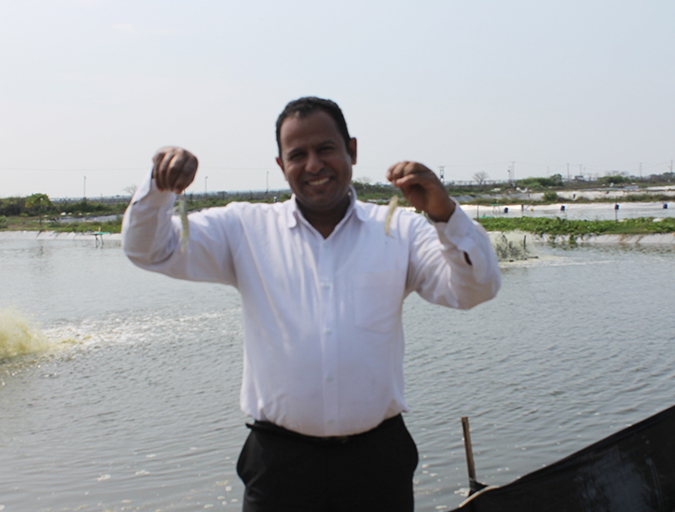
Health & Welfare
A new breeding program for genetic improvement of Indian white shrimp (Fenneropenaeus indicus) in Egypt was established at a private shrimp farm at AL Dibah Triangle Zone (DTZ) to develop disease-resistant shrimp for the country’s aquaculture industry.
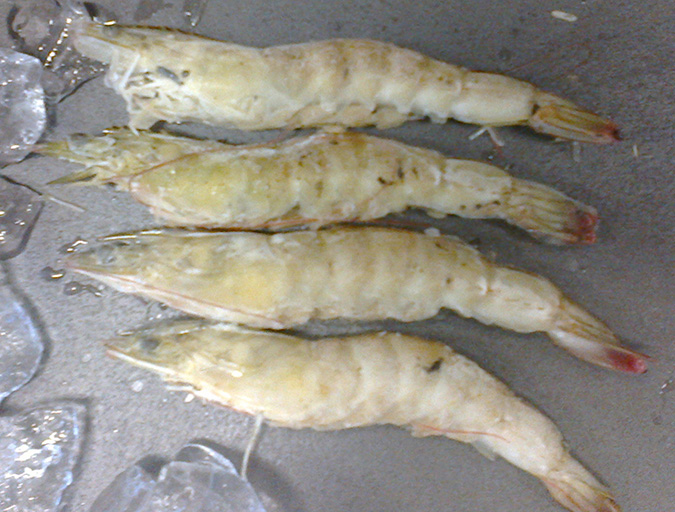
Health & Welfare
This study evaluated the susceptibility to IHHNV in three different shrimp batches by measuring infectivity titers. Each batch showed a different infectivity titer, therefore, each batch had a specific susceptibility to IHHNV.
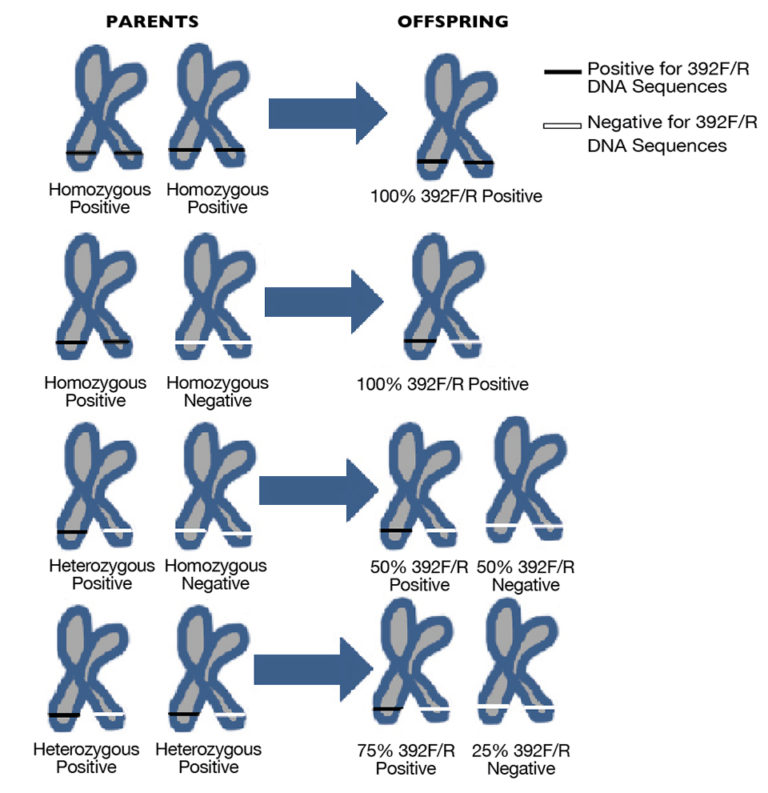
Health & Welfare
Polymerase chain reaction (PCR) testing demonstrated that Penaeus monodon offspring derived from founder shrimp collected from the Indo-Pacific region had genomic infectious hypodermal and hematopoietic necrosis-related DNA sequences that reacted with OIE-listed IHHN virus diagnostic primers.

Health & Welfare
The Queiroz Galvão Alimentos shrimp farm and hatchery in Brazil have been working with Concepto Azul to implement a disease-prevention and genetic-breeding program that addresses ongoing impacts from infectious myonecrosis virus (IMNV) and other pathogens.
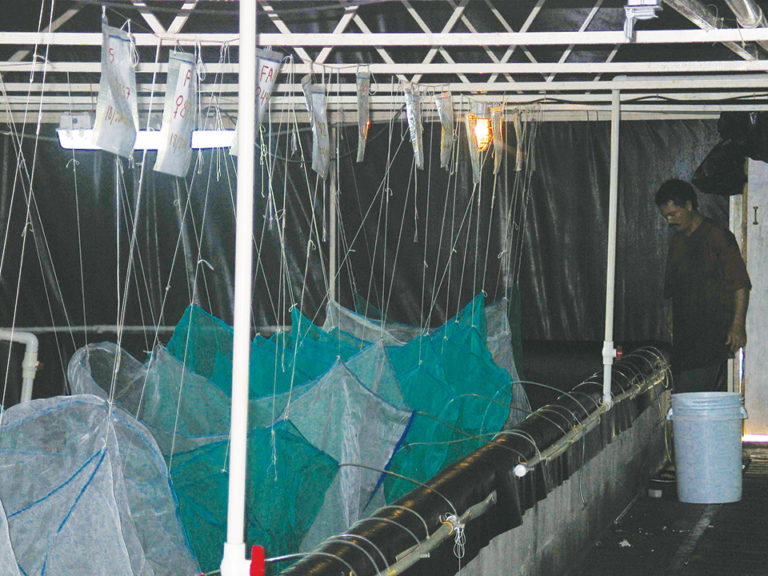
Health & Welfare
The authors conducted a study to investigate the prevalence of IHHNV in P. vannamei within the context of a family-based genetic selection program.
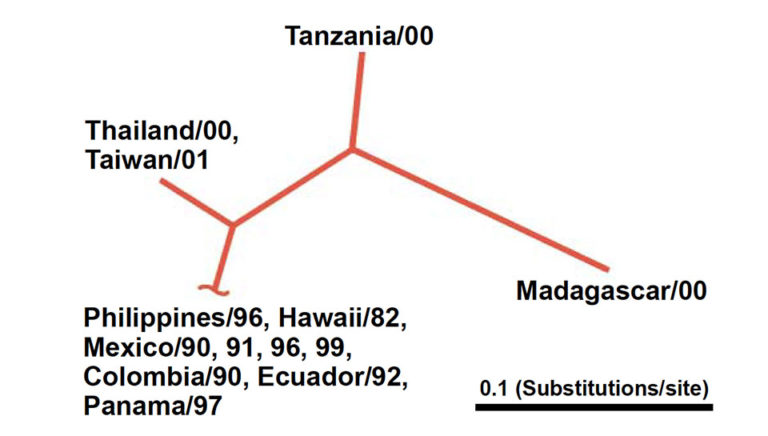
Health & Welfare
Infectious Hypodermal and Hematopoietic Necrosis Virus (IHHNV) has been detected in farmed shrimp stocks around the world.